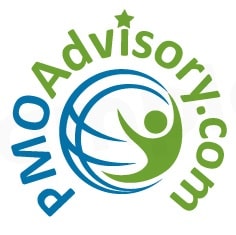PMO is a persistent entity, and it’s viability is more than just addressing the questions in this article properly. This is not to suggest that these are the wrong questions; they are excellent questions – how to align with strategy, ensuring scope is realistic, determining the right stakeholders, etc. But the more pressing question is now to repeat what works and minimize what does not work OVER TIME. PMO is not a project team, and its involvement in projects far extends beyond one or two implementations. So the question for PMO managers is how to achieve and sustain project execution success? Think about it and provide your thoughts here.
Te Wu’s comments on the article titled, “How PMOs can balance time, cost and quality ”
Moira Alexander for CIO writes: If 88 percent of C-suite executives agree that project alignment with strategy is vital to organizational success, why are only 56 percent of projects meeting strategic objectives? Furthermore, in a report titled “The High Cost of Low Performance,” the Project Management Institute (PMI) states 61 percent of firms acknowledge they often struggle to bridge the gap between strategy and day-to-day implementation.
How much of this is attributable to issues with monitoring and managing cost, quality and time throughout projects and what can be done address these issues?
Triple constraint – the balancing act that occurs between cost, quality and time – is a term often heard in the world of project management, but what does that mean when it comes to the success or failure of a project to meet organizational objectives? Project managers are tasked with ensuring that they successfully manage the scope of a project to keep it within the cost, quality and time parameters determined by organizations at the onset.
So how do project managers balance these three factors? SNIP, the article continues @ CIO, click here to continue reading…..
